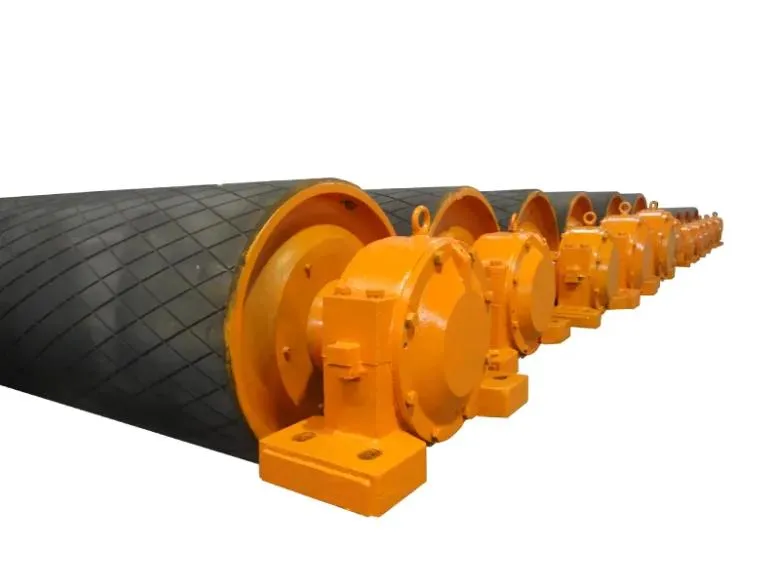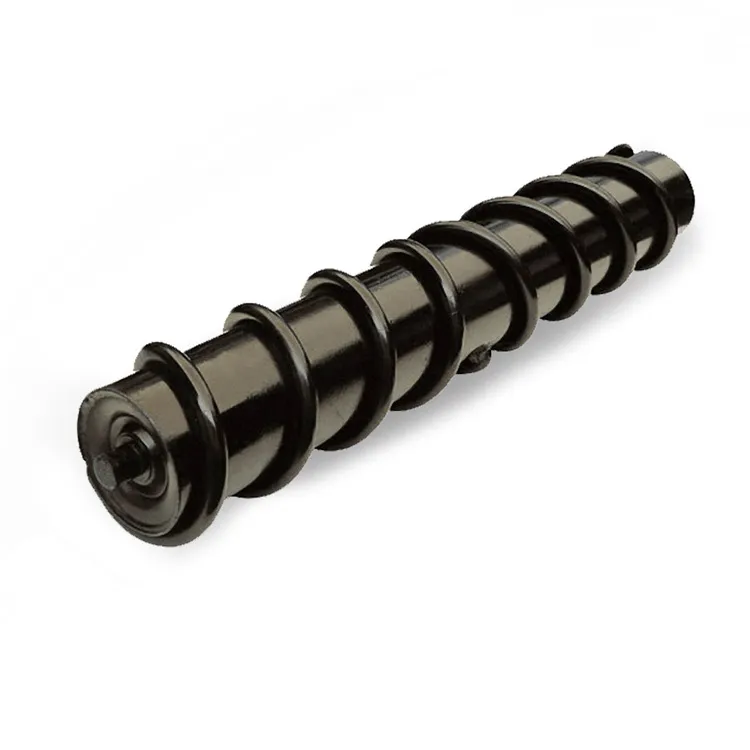 Afrikaans
Afrikaans  Albanian
Albanian  Amharic
Amharic  Arabic
Arabic  Armenian
Armenian  Azerbaijani
Azerbaijani  Basque
Basque  Belarusian
Belarusian  Bengali
Bengali  Bosnian
Bosnian  Bulgarian
Bulgarian  Catalan
Catalan  Cebuano
Cebuano  Corsican
Corsican  Croatian
Croatian  Czech
Czech  Danish
Danish  Dutch
Dutch  English
English  Esperanto
Esperanto  Estonian
Estonian  Finnish
Finnish  French
French  Frisian
Frisian  Galician
Galician  Georgian
Georgian  German
German  Greek
Greek  Gujarati
Gujarati  Haitian Creole
Haitian Creole  hausa
hausa  hawaiian
hawaiian  Hebrew
Hebrew  Hindi
Hindi  Miao
Miao  Hungarian
Hungarian  Icelandic
Icelandic  igbo
igbo  Indonesian
Indonesian  irish
irish  Italian
Italian  Japanese
Japanese  Javanese
Javanese  Kannada
Kannada  kazakh
kazakh  Khmer
Khmer  Rwandese
Rwandese  Korean
Korean  Kurdish
Kurdish  Kyrgyz
Kyrgyz  Lao
Lao  Latin
Latin  Latvian
Latvian  Lithuanian
Lithuanian  Luxembourgish
Luxembourgish  Macedonian
Macedonian  Malgashi
Malgashi  Malay
Malay  Malayalam
Malayalam  Maltese
Maltese  Maori
Maori  Marathi
Marathi  Mongolian
Mongolian  Myanmar
Myanmar  Nepali
Nepali  Norwegian
Norwegian  Norwegian
Norwegian  Occitan
Occitan  Pashto
Pashto  Persian
Persian  Polish
Polish  Portuguese
Portuguese  Punjabi
Punjabi  Romanian
Romanian  Russian
Russian  Samoan
Samoan  Scottish Gaelic
Scottish Gaelic  Serbian
Serbian  Sesotho
Sesotho  Shona
Shona  Sindhi
Sindhi  Sinhala
Sinhala  Slovak
Slovak  Slovenian
Slovenian  Somali
Somali  Spanish
Spanish  Sundanese
Sundanese  Swahili
Swahili  Swedish
Swedish  Tagalog
Tagalog  Tajik
Tajik  Tamil
Tamil  Tatar
Tatar  Telugu
Telugu  Thai
Thai  Turkish
Turkish  Turkmen
Turkmen  Ukrainian
Ukrainian  Urdu
Urdu  Uighur
Uighur  Uzbek
Uzbek  Vietnamese
Vietnamese  Welsh
Welsh  Bantu
Bantu  Yiddish
Yiddish  Yoruba
Yoruba  Zulu
Zulu Feb . 05, 2025 05:58
Back to list
Belt Conveyor Idler
Belt conveyors are an essential component in various industries, providing efficient handling of materials over short and long distances. Their effectiveness, however, heavily depends on the use of proper idlers, which serve as integral parts within the system. With an extensive background in conveyance systems and a focus on optimal performance, understanding the diverse types of idlers is crucial.
5. Self-Aligning Idlers These are essential for maintaining precise belt positioning. Furnished often in pairs and mounted on a pivot, they automatically rectify minor belt misalignments. This self-correction capacity ensures continuous and accurate tracking, thereby reducing excessive wear on the belt edges. 6. Rubber Disc Idlers Used especially in dogged conditions, these idlers have disc rims and are designed to avoid build-up and facilitate a cleaner belt. This design is especially crucial for areas where sticky or humid materials are prevalent. 7. Transition Idlers Positioned where the belt transitions from a flat to a troughed position, these idlers provide gradual movement, minimizing stress on both the belt edges and center. The efficacy of the belt conveyor system significantly relies on selecting the appropriate idler stations. Ensuring these idlers align well with the material characteristics and operation conditions is paramount. While idler selection seems straightforward, it demands expertise in balancing factors such as material weight, belt speed, environmental elements, and maintenance needs. Engaging with a conveyor system expert or a highly reputed supplier is crucial to achieve the coveted equilibrium between operational efficiency and longevity. The strategic blending of idler types tailor-fits the belt conveyor to specific industry requirements, ensuring an optimized path forward in material handling. By leveraging the right idler configurations, companies can witness uplifting improvements in productivity, marked reductions in equipment failure, and a significant advancement in workplace safety. Precision in idler selection is a hallmark of a well-engineered conveyor system, driving a competitive edge in the rapidly evolving industrial landscape.


5. Self-Aligning Idlers These are essential for maintaining precise belt positioning. Furnished often in pairs and mounted on a pivot, they automatically rectify minor belt misalignments. This self-correction capacity ensures continuous and accurate tracking, thereby reducing excessive wear on the belt edges. 6. Rubber Disc Idlers Used especially in dogged conditions, these idlers have disc rims and are designed to avoid build-up and facilitate a cleaner belt. This design is especially crucial for areas where sticky or humid materials are prevalent. 7. Transition Idlers Positioned where the belt transitions from a flat to a troughed position, these idlers provide gradual movement, minimizing stress on both the belt edges and center. The efficacy of the belt conveyor system significantly relies on selecting the appropriate idler stations. Ensuring these idlers align well with the material characteristics and operation conditions is paramount. While idler selection seems straightforward, it demands expertise in balancing factors such as material weight, belt speed, environmental elements, and maintenance needs. Engaging with a conveyor system expert or a highly reputed supplier is crucial to achieve the coveted equilibrium between operational efficiency and longevity. The strategic blending of idler types tailor-fits the belt conveyor to specific industry requirements, ensuring an optimized path forward in material handling. By leveraging the right idler configurations, companies can witness uplifting improvements in productivity, marked reductions in equipment failure, and a significant advancement in workplace safety. Precision in idler selection is a hallmark of a well-engineered conveyor system, driving a competitive edge in the rapidly evolving industrial landscape.
Next:
Latest news
-
Revolutionizing Conveyor Reliability with Advanced Rubber Lagging PulleysNewsJul.22,2025
-
Powering Precision and Durability with Expert Manufacturers of Conveyor ComponentsNewsJul.22,2025
-
Optimizing Conveyor Systems with Advanced Conveyor AccessoriesNewsJul.22,2025
-
Maximize Conveyor Efficiency with Quality Conveyor Idler PulleysNewsJul.22,2025
-
Future-Proof Your Conveyor System with High-Performance Polyurethane RollerNewsJul.22,2025
-
Driving Efficiency Forward with Quality Idlers and RollersNewsJul.22,2025
OUR PRODUCTS





























